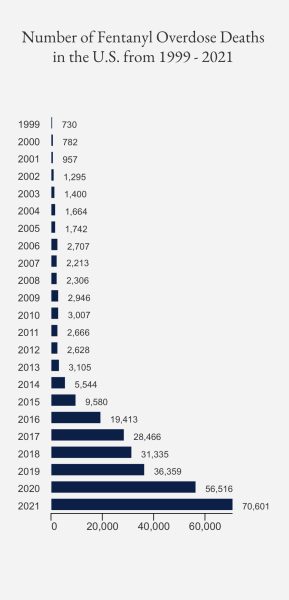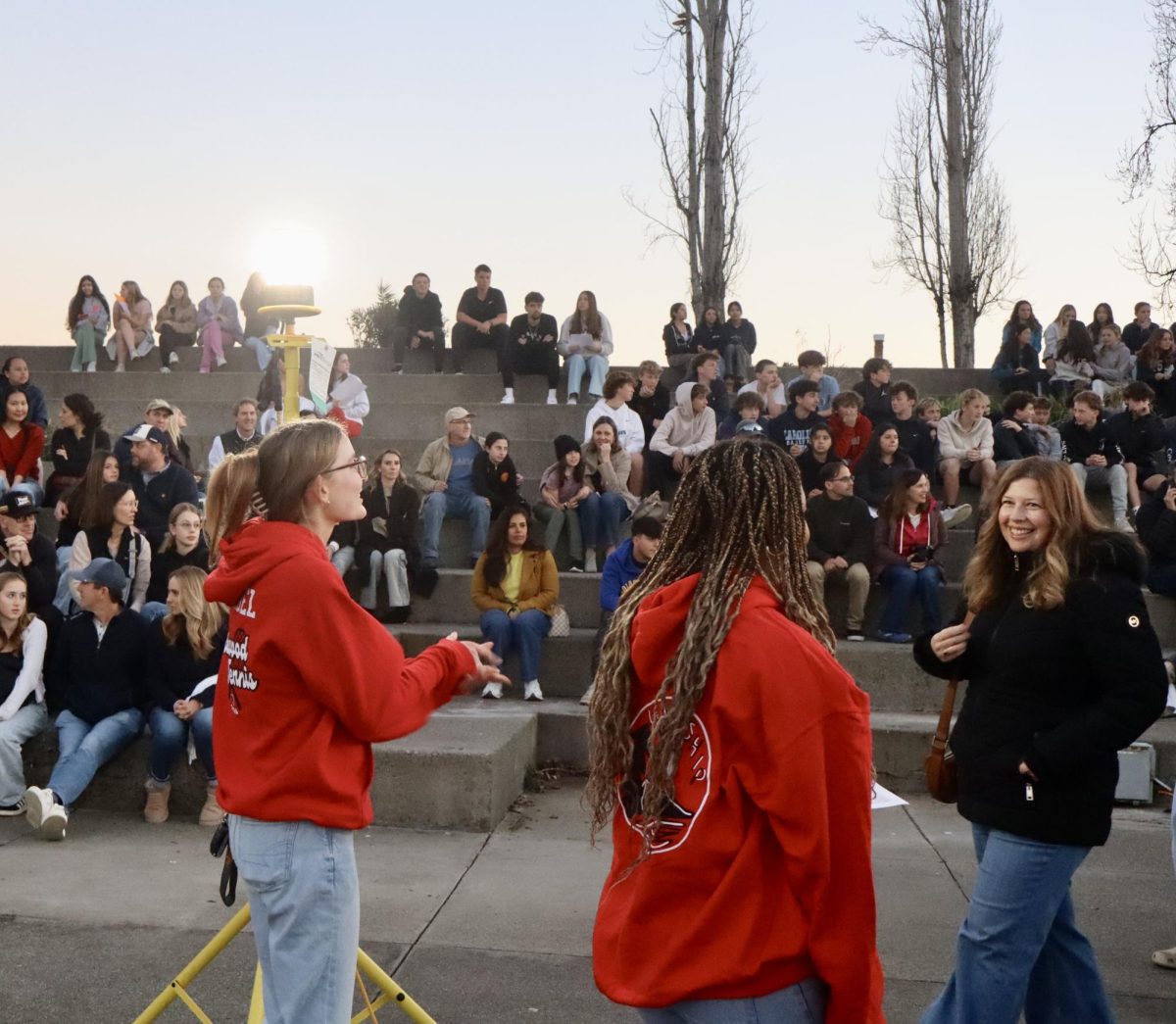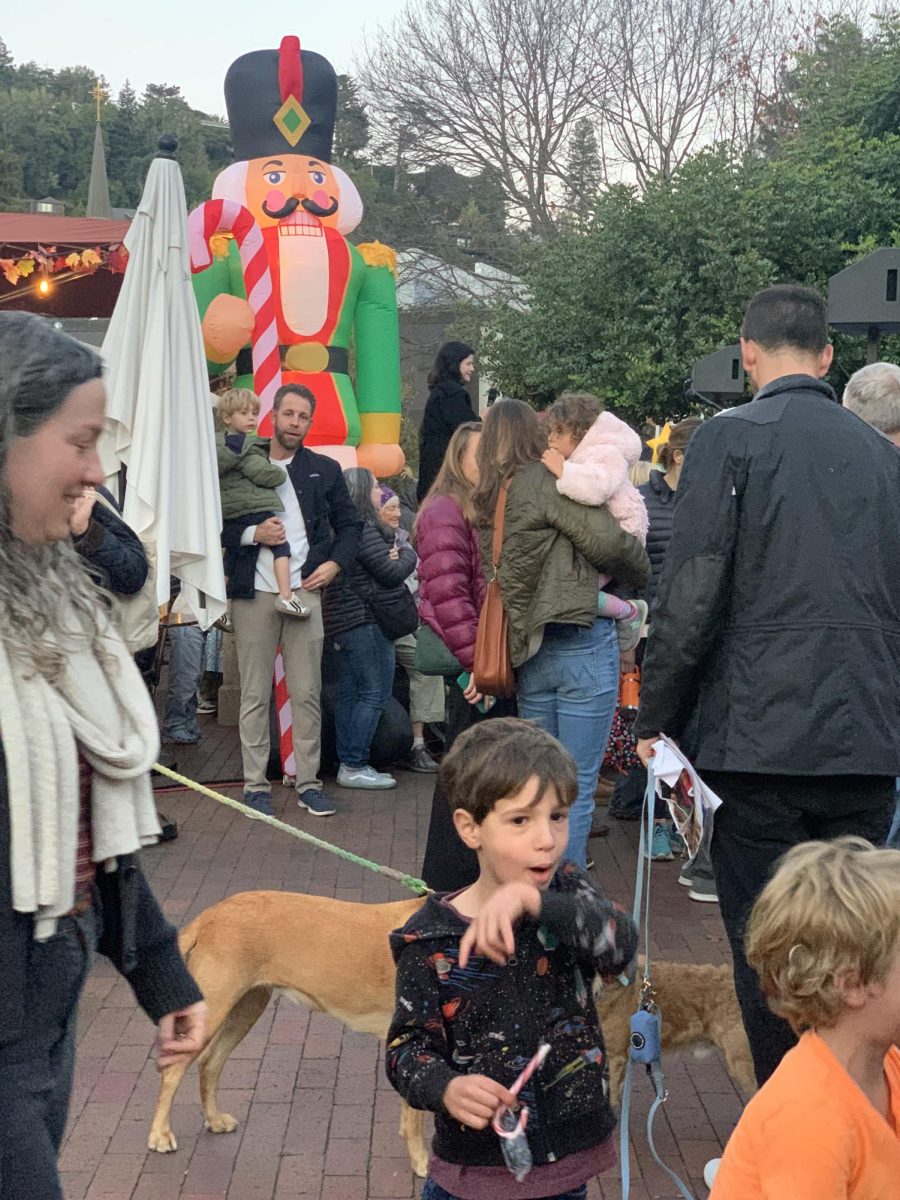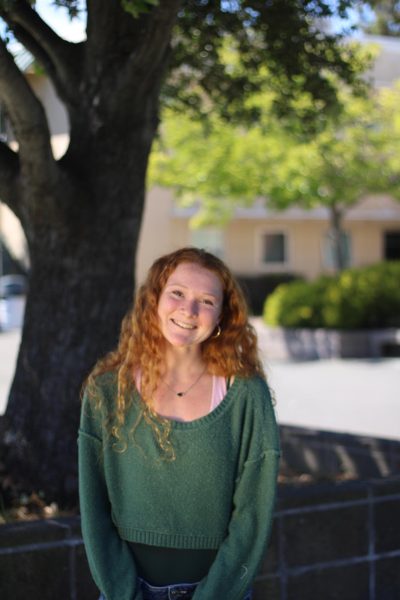On Oct. 4, Tamalpais Union High School District (TUHSD) parents and Wellness Center (Wellness) administrators welcomed guest speakers to kick off the first segment of the Let’s Talk community discussion series, “Just Say Know,” to explore drug-related tendencies in Marin youth.
The community discussion focused on fentanyl’s prevalence among local minors and how the district can best provide resources for reducing substance abuse. Utilized in hospital settings as a method for pain relief, fentanyl can be used responsibly for medicinal purposes when prescribed at a low dose. However, it has become abused in the local drug market to provide quick and intense effects for those seeking release from stress, a change that has revolutionized the drug landscape in Marin. Rising in accessibility, fentanyl has taken shape as an easy-access alternative for other cost-limiting opioids. As a result of this, providing fentanyl education in a safe space has become more important than ever.

In response to the rapid increase in drug overdoses in our community, Wellness has been motivated to spread greater teenage awareness by educating students in fentanyl-related activities. Jessica Colvin, Wellness Coordinator at TUHSD, said that the drug landscape has entirely shifted, making it crucial for teens to understand the implications of experimentation.
“Fifteen years ago, those who were dying by overdose were people who were using [drugs] regularly. Now with fentanyl [use], people can use it [just one time] and die,” Colvin said.
Meanwhile, Cate Logan, a senior at Archie Williams High School, is making strides in promoting youth awareness through her involvement in the national fentanyl awareness campaign, Project1Life.

“Each death [due] to fentanyl poisoning is avoidable if the right information is out there,” Logan said. “I hope people recognize the importance of knowing that drugs are laced more than they may think.”
Logan began a chapter of Project1Life at her high school on Sept. 14 in hopes of circulating education to better avoid fentanyl overdose. The organization focuses on making younger generations aware of the dangers of prescription drug abuse.
“I feel like I make an impact on other people, so hopefully nobody else has to experience [the loss of a loved one],” Logan said.
Additionally, Redwood alumna Taylor Elliot, who has interviewed multiple parents whose children have died from fentanyl overdoses, details the increase in fentanyl accessibility and its imposing danger in the local district.
“The fact that [fentanyl overdoses] happen [often] in our own community and no one really knows anything about it [shows that] there is a need for a change in education and resources,” Elliot said.
Social risk-taking seems inevitable in Marin, and proclivities in drug use argue the need for discussion about the dangers of fentanyl circulating in youth, which is the first step of many to create a fentanyl-free community.







